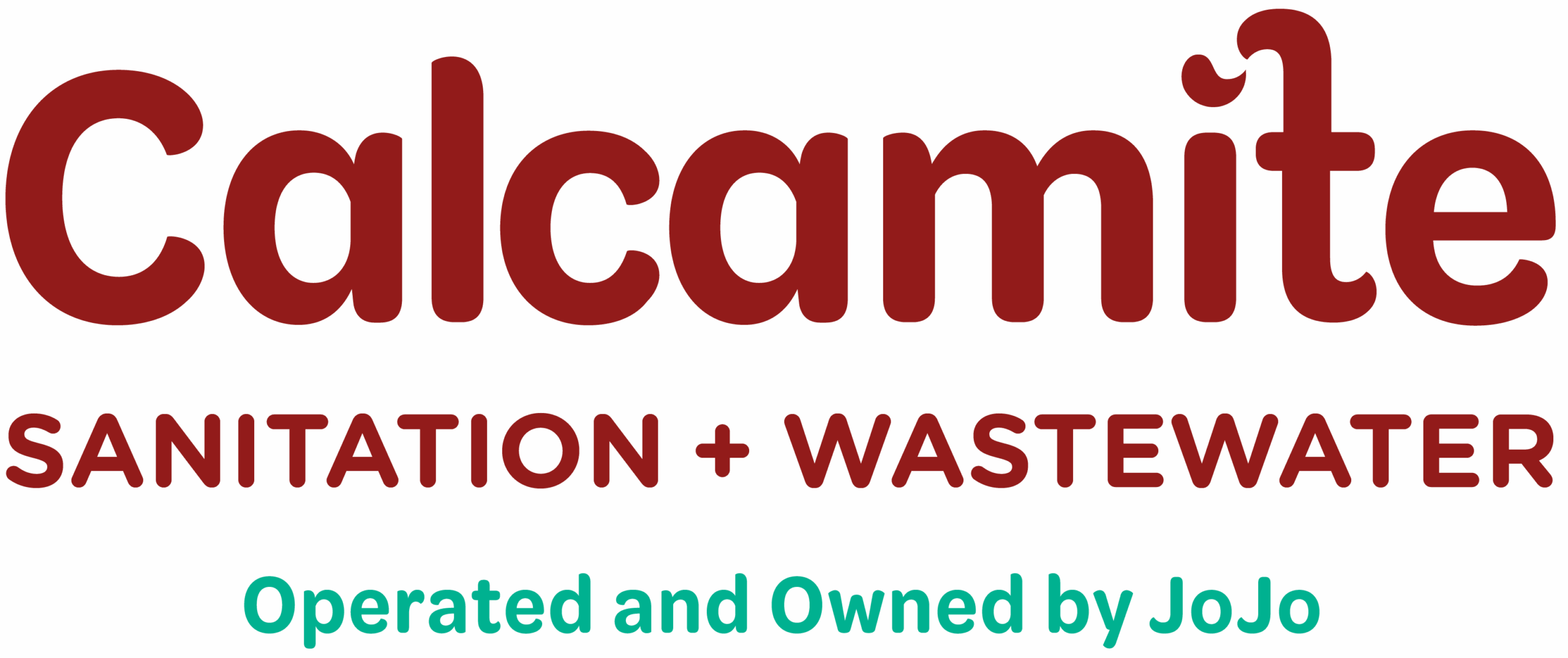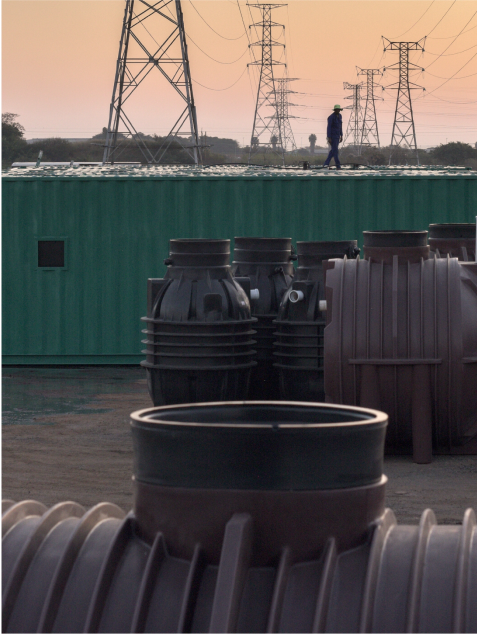Sand, Oil and Grease Traps
Our range of sand, oil, and grease traps safeguard the quality of outgoing water to the municipal supply to minimise pollution, or alternatively are utilised to enhance the performance of wastewater treatment plants.
The purpose of a sand, oil, and grease trap
The purpose of a sand, oil, and grease trap, commonly referred to as an interceptor, is to intercept wastewater disposal and remove specific contaminants before the water is discharged into the municipal sewer or a wastewater treatment plant. These traps play crucial roles in preventing pollution, maintaining proper functionality of sewer systems and wastewater plants, as well as ensuring compliance with water discharge regulations.
Our range of interceptors
Grease interceptors
Grease interceptors or FOGs trap and separate fats, oils, and grease from wastewater.
Solids, oil, and grease traps
Solids, Oil, and Grease traps (SOG) effectively trap and separate fats, oil, and grease from wastewater, along with a wider range of contaminants including solids and oils.
Particle oil interceptors
Particle Oil Interceptors (POIs) are specifically designed to remove particles and oils from wastewater. They are commonly utilised in industrial settings where fine particles and oils are significant contaminants.
How it works

All wastewater (excluding water that has come into contact with human waste) is redirected to the trap where it goes through a separator.
Within the separator, separation occurs mechanically through a strainer designed to allow the passage of all flow up to a predetermined nominal size, while retaining hydrocarbons that are not miscible in water. This ensures that the trapped content remains separated from the effluent discharged into the existing drainage system or wastewater treatment plant until manually removed.
Maintenance
Regular inspection and maintenance are essential to ensure the effective operation of interceptors. This typically involves removing the accumulated contents as specified in your product or plant’s operation manual.
Ideal applications
In any setting where oil, grease, fat, or solid waste interacts with the water supply (such as homes, restaurants, car washes, mechanical workshops, factories, etc.), these substances must be removed before the water is directed to a drainage system to prevent water pollution.
Within a wastewater treatment plant for the removal of solids, oils, and grease from the wastewater to ensure proper functionality before it proceeds to further treatment.
Key differentiators
Meet SANS standards
Designed to handle flow rates up to 420 L/min as per SANS 1025-2 & 50858.
Durability
Roto-moulded to produce watertight, robust, corrosion-resistant containers.
Rapid Installation
Lightweight design allows for rapid installation.
Scalibility
Can easily be scaled to accommodate from 90 litres up to 7 500 litres.
Need help finding the right interceptor for your application?
When choosing an interceptor it is important to consider your requirements, the types of contaminants present, the scale, as well as local regulations.

